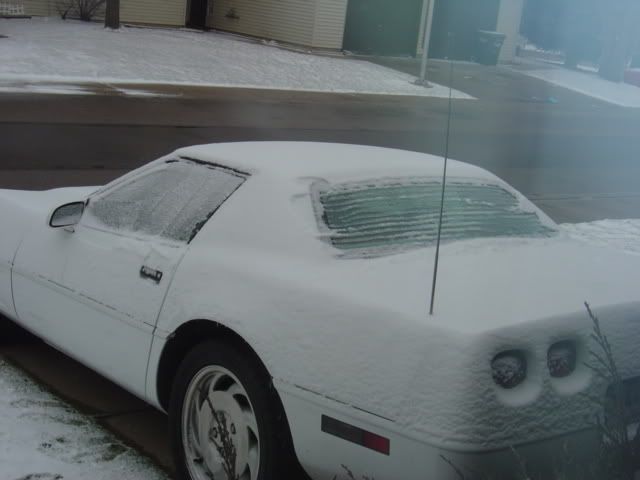Yeah, I understand how heat affects air.

But it's just the TB, not the whole plenum being heated. I doubt the air temperatures going into the cylinder are all that much different whether you have the bypass or normal TB. But maybe they are, who knows.
For #3 and the part about heat radiation... You think the upper part of your engine bay is cooler from the TB bypass? That seems highly dubious given that the engine itself is quite hot, and that heat rises... Also, if you feel a non-coolant-filled TB radiates engine heat away, thus cooling everything, wouldn't that mean it is radiating engine heat into the incoming air, which is the whole thing you are trying to avoid with the coolant bypass?
I would be surprised and impressed if you could show a 5 horsepower gain to the rear wheels purely from the coolant bypass. But as I said, if you are going for every last bit, then perhaps this makes sense. If you think it adds a noticeable gain in power, then certainly do it. All I wanted to point out was that there was some reason GM did that, it wasn't because it made the design cheaper or easier or anything. And then offered my opinion that I wouldn't think it adds very much heat into the incoming air.


 friends for their opinions and experiences.
friends for their opinions and experiences.
 friends for their opinions and experiences.
friends for their opinions and experiences.








